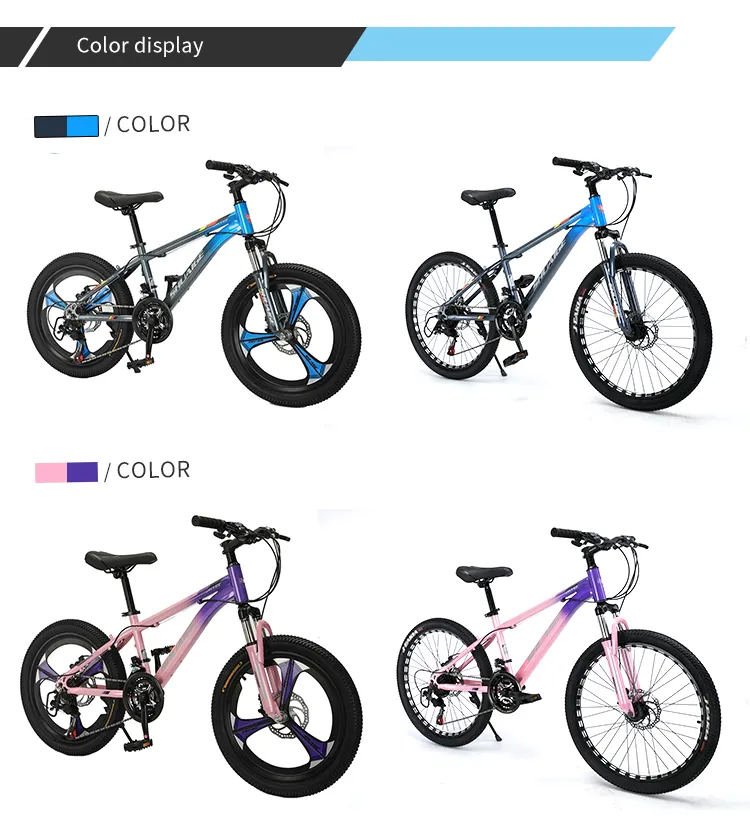
-
 Afrikaans
Afrikaans -
 Arabic
Arabic -
 Belarusian
Belarusian -
 Bengali
Bengali -
 Bulgarian
Bulgarian -
 Croatian
Croatian -
 Czech
Czech -
 Danish
Danish -
 Dutch
Dutch -
 English
English -
 Finnish
Finnish -
 French
French -
 German
German -
 Greek
Greek -
 hawaiian
hawaiian -
 Hebrew
Hebrew -
 Hindi
Hindi -
 Hungarian
Hungarian -
 Indonesian
Indonesian -
 irish
irish -
 Italian
Italian -
 Japanese
Japanese -
 Javanese
Javanese -
 kazakh
kazakh -
 Khmer
Khmer -
 Korean
Korean -
 Kyrgyz
Kyrgyz -
 Lao
Lao -
 Latin
Latin -
 Luxembourgish
Luxembourgish -
 Malay
Malay -
 Myanmar
Myanmar -
 Norwegian
Norwegian -
 Persian
Persian -
 Polish
Polish -
 Portuguese
Portuguese -
 Romanian
Romanian -
 Russian
Russian -
 Serbian
Serbian -
 Slovak
Slovak -
 Somali
Somali -
 Spanish
Spanish -
 Swedish
Swedish -
 Tagalog
Tagalog -
 Thai
Thai -
 Turkish
Turkish -
 Turkmen
Turkmen -
 Ukrainian
Ukrainian -
 Uighur
Uighur -
 Vietnamese
Vietnamese
nov . 06, 2024 21:38 Back to list
all types of mountain bikes
All Types of Mountain Bikes A Comprehensive Guide
Mountain biking is a thrilling sport that immerses riders in the beauty of nature while providing an adrenaline rush on rugged terrains. The various types of mountain bikes cater to different styles of riding and terrain, ensuring there's a perfect model for everyone, from casual riders to hardcore enthusiasts. Here, we explore the primary types of mountain bikes and their distinctive features.
1. Cross Country (XC) Bikes
Cross Country bikes are designed for speed and efficiency on climbs and smooth trails. They typically have lightweight frames and narrow tires, allowing riders to pedal quickly and cover long distances without much effort. XC bikes often feature hardtail designs, meaning they have front suspension but no rear suspension, making them best suited for well-groomed trails. However, some models come with full suspension, providing additional comfort and control on rougher paths.
2. Trail Bikes
Trail bikes are versatile and designed for a mix of climbing and descents. They possess a balanced geometry that allows for easy maneuverability on challenging trails. With moderate travel (around 120-150mm) in both the front and rear suspension, trail bikes are equipped to handle various terrains, including rocky paths and steep descents. This makes them ideal for all-around riders looking for a single bike to handle diverse conditions.
3. All-Mountain (Enduro) Bikes
Enduro bikes are built for aggressive riding. They feature longer suspension travel (typically 150-180mm) to absorb the impact of steep descents, technical trails, and jumps. While they are heavier than XC or trail bikes, they offer superior handling and stability on rough terrains. These bikes excel in downhill performance without compromising climbing ability, making them perfect for riders who love to tackle challenging, hilly trails.
all types of mountain bikes

4. Downhill Bikes
As the name suggests, downhill bikes are designed specifically for descending steep, rough terrain at high speeds. With robust frames, long travel suspension (often exceeding 200mm), and a focus on stability and control, these bikes typically feature a slack geometry to support aggressive riding. However, they are not designed for ascending, so they are often transported uphill via ski lifts or shuttle services to maximize the downhill experience.
5. Fat Bikes
Fat bikes stand out due to their oversized tires, which provide exceptional grip and stability on soft surfaces like sand and snow. Their wide tires allow riders to traverse trails that would be difficult for traditional mountain bikes. The geometry of fat bikes varies, but they can come with hardtail and full-suspension options, making them versatile for various off-road conditions.
6. Electric Mountain Bikes (e-MTBs)
In recent years, electric mountain bikes have gained popularity, combining traditional mountain biking with the assistance of an electric motor. They offer riders the ability to tackle more challenging trails and longer distances with less physical exertion. e-MTBs are available in various styles, including hardtail and full-suspension designs, making them suitable for a wide range of riding experiences.
In conclusion, understanding the different types of mountain bikes is essential for choosing the right one to match your riding style and terrain preferences. Whether you seek speed on cross-country trails, the versatility of trail riding, or the thrill of downhill biking, there’s a mountain bike perfectly suited to enhance your adventure in the great outdoors. Enjoy the ride!
-
Premium Titanium Road Bike: Lightweight & Durable
NewsAug.01,2025
-
Red Black BMX Bike with GPT-4-Turbo AI Tech
NewsJul.31,2025
-
New Red Anti-theft E-Bike | Easy Ride City Commuter
NewsJul.31,2025
-
BMX 20 Inch Bikes for Freestyle & Street | Fat Tire Options Available
NewsJul.30,2025
-
322 High Quality 26 Inch 21 Speed Adult Mountain Bike OEM MTB
NewsJul.29,2025
-
Specialized Kids Mountain Bikes - Safe, Durable & Fun Riding Experience
NewsJul.29,2025

